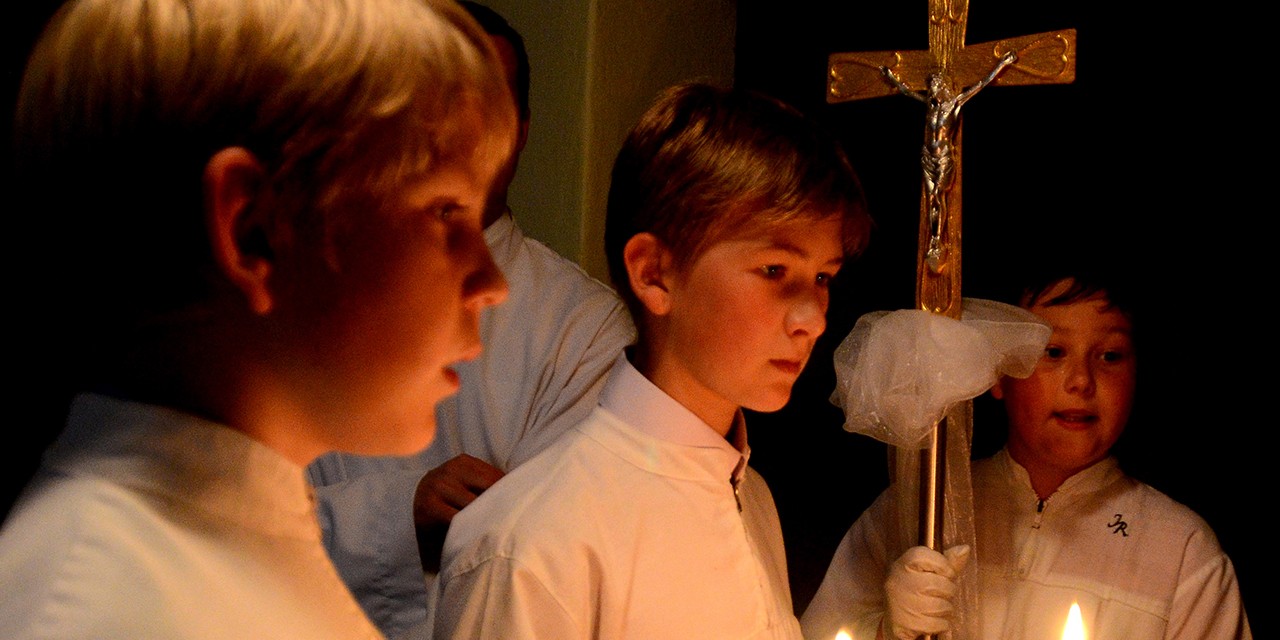On January 1, 1993, Czechoslovakia peacefully dissolved into two separate nations, the Czech Republic and Slovakia, an event often referred to as the “Velvet Divorce.” This separation occurred just over three years after the Velvet Revolution toppled the communist regime, marking a significant geopolitical shift in Central Europe. While the two nations had shared a common state for approximately 75 years, their paths diverged, leading to this amicable split. Understanding Why Did Czechoslovakia Split requires examining a complex interplay of historical, cultural, political, and economic factors.
To truly grasp the reasons behind the dissolution, it’s essential to look at the historical backdrop. Czechoslovakia was formed in 1918 in the aftermath of World War I, uniting Czechs and Slovaks into a single nation-state from territories previously belonging to the Austro-Hungarian Empire. Despite shared Slavic roots, distinct historical developments shaped different identities and aspirations. Throughout the 20th century, and particularly during the communist era, these differences, though sometimes suppressed, never entirely disappeared.
The term “Velvet Divorce” itself emphasizes the peaceful nature of the separation, a stark contrast to the violent breakups seen in other parts of the world. Negotiations between Czech and Slovak political leaders, primarily Václav Klaus and Vladimír Mečiar, facilitated a smooth transition. However, the underlying reasons for seeking separation were multifaceted.
One of the significant factors contributing to the split was the increasing divergence in cultural and religious identities. Data from the Pew Research Center, even after the split, illustrates these differences vividly.
As the Pew Research Center study highlights, Slovakia remains significantly more religious than the Czech Republic. A majority in Slovakia identify as Catholic (around 63%), whereas the Czech Republic is one of the most secular countries in Europe, with approximately 72% of Czechs being religiously unaffiliated. This disparity extends to religious observance and belief in God. Significantly more Slovaks report believing in God (69%) compared to Czechs (29%). Furthermore, Slovaks are more likely to consider religion important in their daily lives and attend religious services regularly.
These religious differences are not merely statistical figures; they reflect deeper cultural values and societal norms. Historically, Slovakia has maintained a stronger Catholic tradition, while the Czech lands experienced significant secularization, particularly during the communist era and earlier Hussite movements.
Beyond religion, differences in national identity and nationalism also played a role. While both Czechs and Slovaks share a sense of national pride, surveys indicate variations in how this manifests. Czechs are more inclined to express nationalistic sentiments, such as believing their culture is superior, although data suggests Slovaks, while more religiously tolerant, can be less accepting on certain nationalistic measures when compared to Czechs within the context of their own national identity.
Another critical aspect was economic disparity. While both regions were part of Czechoslovakia, the Czech Republic was generally more industrialized and economically advanced than Slovakia. After the fall of communism, debates arose about economic policies and the distribution of resources. Slovak leaders, in particular, voiced concerns about being disadvantaged within a unified state and sought greater economic autonomy, which ultimately fueled separatist sentiments.
Political factors were also paramount. The transition from communism to democracy opened up political space for diverse voices and aspirations. While a unified Czechoslovakia was initially the goal after the Velvet Revolution, differing political visions emerged between Czech and Slovak leaders. Negotiations on power-sharing and the future structure of the federation proved challenging. Ultimately, political leaders like Václav Klaus and Vladimír Mečiar concluded that separation was a more pragmatic and mutually beneficial solution than continued struggle for consensus within a federal framework.
Furthermore, diverging views on social issues highlighted underlying cultural differences. For example, Czechs hold more liberal views on issues like abortion and same-sex marriage compared to Slovaks. These differences, while not the primary drivers of the split, underscored the widening gap in societal values and priorities.
In conclusion, the dissolution of Czechoslovakia, the “Velvet Divorce,” was not a result of a single factor but rather a culmination of historical, cultural, religious, economic, and political considerations. While the peaceful nature of the split is commendable, understanding why Czechoslovakia split requires acknowledging the genuine differences that existed and evolved between Czechs and Slovaks over decades. These differences, once brought to the forefront in a democratic environment, ultimately led to the amicable creation of two independent and distinct nations, each charting its own course in the landscape of modern Europe.
